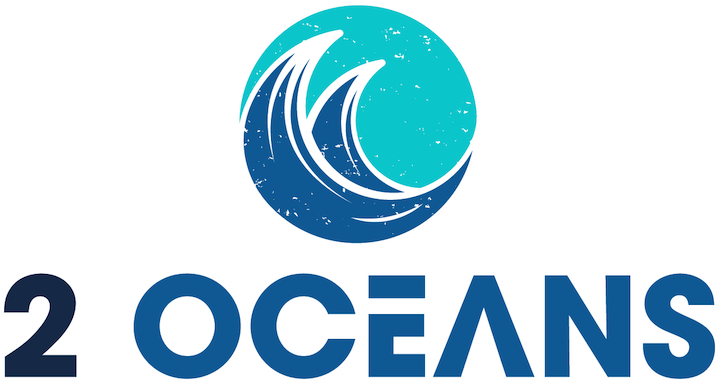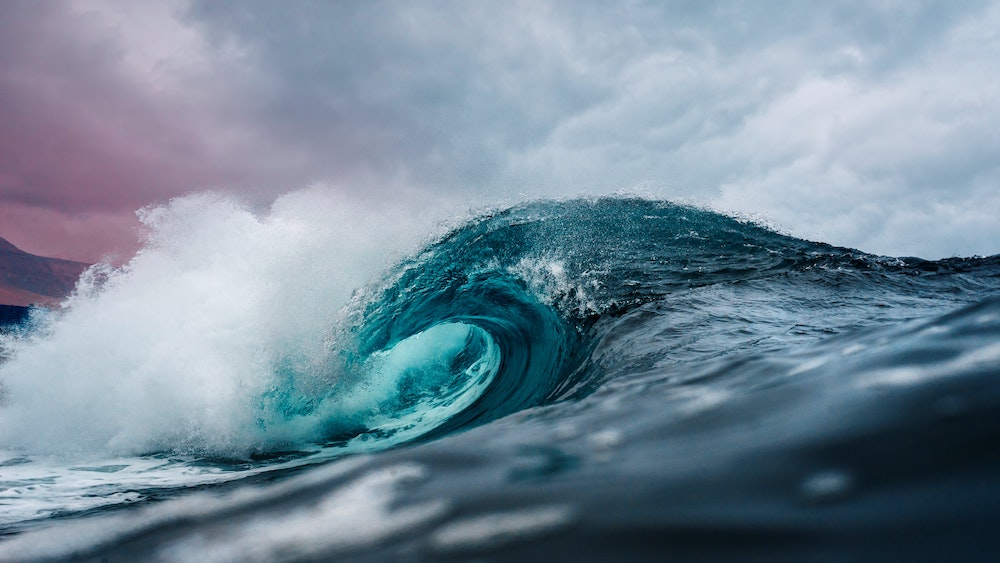Climate change is a hot topic across the planet, but while people are focused on mitigating carbon footprints and limiting emissions, there has been less focus on how we can tackle the effects of the global warming that already exists.
The Geophysical Fluid Dynamics Laboratory (GFDL), which operates under the auspices of the National Oceanic & Atmospheric Administration and U.S. Department of Commerce, has done extensive research into the link between global warming and hurricanes. Those experts predict that rising sea levels linked to global warming will likely cause an increase in tropical cyclone intensities — as much as 1 to 10% for ever 2-degree Celsius rise in global temperature.
While there may not be more storms overall, a predicted surge in Category 4 and 5 storms could mean adding even more devastation to the $329.9 billion in losses and 3,318 fatalities the United States has already experienced at the hands of hurricanes over the last 20 years.
Should we shift focus to advance planning for fixing or at least shifting deadly tropical storm patterns? Bruce Morton thinks so, and the brilliant scientist has come up with a possible solution: his patent-pending Solar Power Satellite (SPS) – Hurricane Prevention Concept.
A Quick Rundown of Morton’s SPS
Bruce Morton’s approach to mitigating hurricane damage is to prevent the storms from forming in the first place. In an interview with Elisa Shebaro, Morton explained, “I have a second home in the US Virgin Islands, and I was getting fed up with hurricanes and their human and cost impact, and also beginning to fret that they seemed to be getting more powerful. I started evaluating how to combat them, and after several approaches came up with affecting them when they were still developing tropical depressions.”
The idea is to pummel tropical depressions with microwave energy, specifically targeting asymmetrical segments to help weaken and unbalance the storm. As these depressions are a precursor to hurricanes, destroying them as they develop would stop hurricane development in its tracks. “The focused microwave energy interrupts the cycle of vertical upward and downward movement of air, water, and water vapor,” explains Morton, “and destabilizes the developing rotational motion of the tropical depression, causing it to break up and dissipate and preventing it from ultimately developing into a tropical storm and then into a hurricane.
In order for Morton’s approach to work, SPS would need advance warning that a tropical depression was forming. Luckily, this monitoring is already in place, with information on storm patterns and even photo maps of tropical waves available on multiple websites accessible to the public. Theoretically, anyone operating the SPS system would also issue another warning to alert ships and aircraft before beaming microwave energy into a depression to allow sufficient time for clearance and other safety measures.
Morton had plenty of related experience to draw on as he brainstormed SPS. As an aerospace engineer and rocket scientist with decades of experience helming projects for industry leaders like NASA, Boeing and Lockheed Martin, Morton has built, tested and overseen the launch for all kinds of orbital spacecraft and re-entry systems. His resume also includes work in the renewable energy sector and teaching positions in cybersecurity and management information systems.
Using Solar Energy to Affect the Ocean
SPS relies on a system of solar power satellites that will work together to harness the energy of the sun and transport it back to earth, where it can be turned into microwave energy. Morton explains the need for multiple satellites due to “cost, feasibility of construction, maintenance and reliability,” and says the total combined power output would be thousands of megawatts.
“Analysis, modeling, testing, and demos may actually determine that less power is needed,” says Morton. “However, when not focusing microwave energy on a tropical depression, the microwave energy can alternatively be used to create earth based solar energy, which would help alleviate costs of operating the system solely for hurricane prevention.”
Solar Power Satellites: Ownership, Research and a Look at the Future
One of the major benefits of Morton’s SPS is that it attacks hurricanes before they form and become linked to the earth’s rotation. Unlike hurricane seeding and even bombs, both proposed anti-hurricane efforts bandied about in recent years, SPS can be more effective not only because of how it works but more so when it’s implemented.
Morton also sees the economic potential of his system. In addition to fighting hurricanes, SPS can be used to generate electricity that could power much more than just the system itself. That could help set up quite the competition for ownership. As Morton says, “Ownership could be by U.S. Dept. of Commerce, NASA, U.S. Dept. of Energy, a private company, an international multi-government effort, a foreign government, etc. One likely scenario is that it would end up as a U.S. public-private partnership, with the private entity owning the power generation plant and the rights to sell the electricity at a profit.”
From patent to practical application, there’s still quite a way to go before SPS can change the course of the planet’s meteorological future. Even so, the possibility that we could compensate for global warming in a major way and help prevent widespread hurricane-related damage and death is beyond exciting and well worth additional attention.

